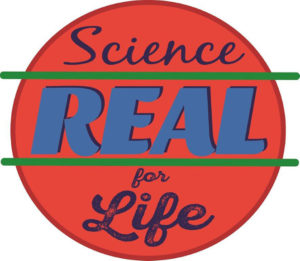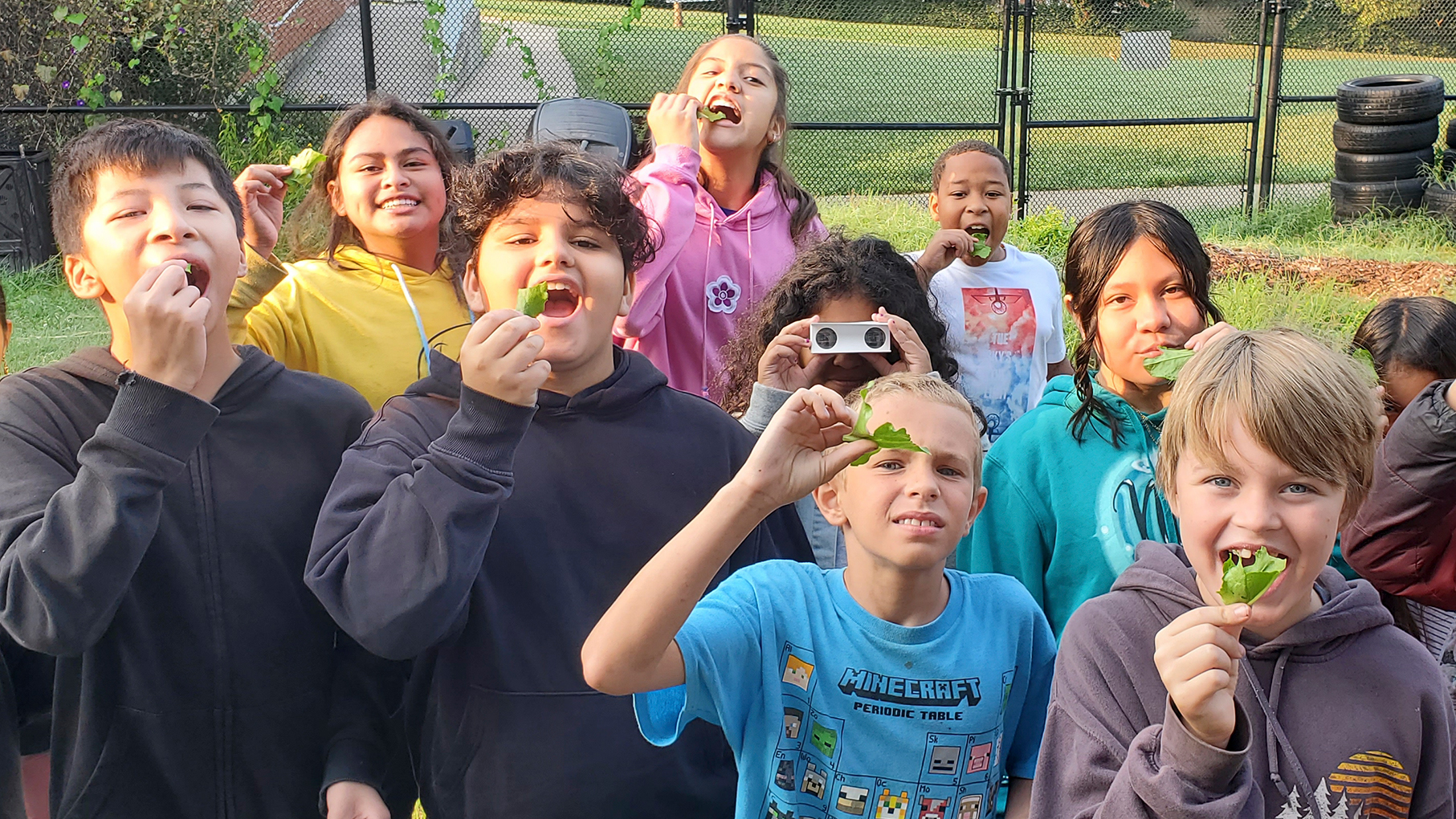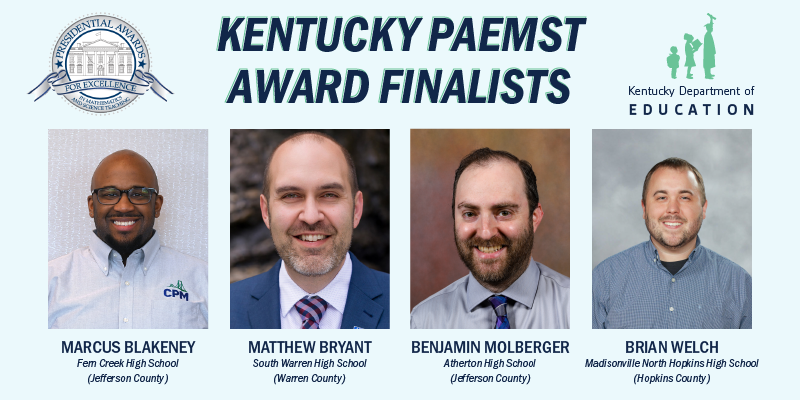By Ashley Best and Casey Steadman
You probably haven’t spent much time thinking about time itself, have you? If you have, like many of us, you may have spiraled into an existential crisis. We hope after this article, however, that you have a better understanding of time without feeling perturbed.
 Do you think of time as a measure of distance? If not, you should.
Do you think of time as a measure of distance? If not, you should.
Traditionally, we think of time as a constant – and this is still true for some types of sciences such as engineering and technology. It is also the oldest understanding of time, referred to as classical mechanics or Newtonian mechanics.
However, if you want to get into quantum mechanics, time and space are combined into one measurement, “spacetime.” That is because time doesn’t actually move at the same rate for everything in the universe. This is the foundation of Einstein’s Special Relativity.
To understand this, let’s pretend you are traveling through space at about half the speed of light. To you, a single day has passed: 24 hours as measured by your highly accurate atomic clock. Your friends on Earth, in those same 24 hours, would have experienced the passage of 36 hours. In this scenario, if you flew away from Earth and came right back in 24 hours, you would have time-traveled 12 hours into the future. This phenomenon is called time dilation, because the passage of time is not constant at high speeds.
Interestingly, the effects of time dilation are exponential with respect to the speed you are traveling. The closer to the speed of light you are moving, the greater the time dilation. Let’s say this time, you travel away from Earth and back in 24 hours as measured by the clock on your ship, but you are moving at 99.9 percent the speed of light. For the one day you were gone, 22.37 days elapsed on Earth. That is pretty close to the speed of light, but as you move even closer – say 99.9999999999 percent– then the difference would be 707,114.6 days. To see this equation and for more information, check out this website.
Time plays a very important role in how we do science, but the role takes a different shape depending on what field is using the measurement. Let’s look a few different uses of time in science
Astronomical time
Astronomical time is how we think of time as it relates to our life. It’s a measure of solar units; the time it takes for our planet to rotate on its axis once. This is divided into periods of 24 hours, consisting of one day.
Countries set their clocks to the local position of the sun, therefore the time in various locations across the globe is different. To help compensate for this issue and prevent confusion, scientists use Coordinated Universal Time. (UTC, the abbreviation, comes from the French spelling.)
Atomic time (radioactive decay)
Here on Earth, scientists like to be VERY accurate with how they measure the passage of time. The International Atomic Time has been developed for this purpose and consists of more than 400 atomic clocks.
Caesium is the element most commonly used for atomic clocks. Scientists know how to measure the number of oscillations (frequency, measured in Hertz) the electrons in caesium undergo in 1 second (roughly 9 billion Hz in 1 second), so measuring the number of oscillations can tell you the number of seconds that have passed. These clocks have become so accurate that in 20 million years, they will only be off by 1 second!
Geological time
Earth has a vast and rich history that still remains largely unknown. However, scientists have been able to piece together the story of our home’s past with fossils, genetics, geology, paleoclimatology and many other diverse fields of science.
The Geological Time Scale (GTS) is used to classify the different ages of our planet’s history, dating all the way back to the formation of the planet 4.54 billion years ago. It is a lot of time to cover and we, as a species, have only been here a fraction of time. If the entire history of Earth was compressed into one calendar year, humans would make their first appearance at 11:36 p.m. on Dec. 31.
The Earth has gone through many different phases that affect how the planet appears, the types of life forms presents and the composition of the atmosphere. Each unique period in Earth’s history is given its own name and those are divided into smaller periods with their own unique biodiversity.
Many people are familiar with the Jurassic age, the age of the dinosaurs. It’s a period in time which conifers and ferns were abundant and Pangea was starting to separate. The Jurassic age is part of a time period called the Mesozoic age, or the Age of Reptiles.
WHAT STUDENTS SHOULD KNOW AS IT RELATES TO TIME
Grades K-2
At this age, it may seem like kids are working to get a grasp on the concept of time. Making the passage of time seem interesting sounds like a daunting task.
By the end of grade 2, students need to know:
- ET S1.A: Defining and Delimiting Engineering Problems
- ET S1.B: Developing Possible Solutions
- ET S1.C: Optimizing the Design Solution
- ESS1-2: Make observations at different times of year to relate the amount of daylight to the time of year.
Suggested activity:
Experiment: Make a Water Clock
Help students understand time by having them build their own water clock. This water clock also will help young students develop their engineering skills.
Materials needed: plastic water bottle cut in two (with the top half being slightly smaller) with a small (1/8-inch diameter) hole in the cap, water, timer, permanent marker
To set up the water clock, invert the top half of the bottle inside the bottom half, with the lid screwed on; the higher the cap is from the base, the better. Add your liquid to the bottle funnel, be prepared to start the timer. Mark on the bottom half of the bottle the water level after 1 minute. Repeat this every minute until there is no more remaining water or until the bottom half is full. The water clock is complete and can be used to measure the passage of a short amount of time.
Engineering clocks:
Concoct a series of problems with your pre-made water clocks for which your students need to redesign the water clock to solve.
A suggestion is:
Ms. Frizzle wants to give a water clock to the gym teacher so he can time activities. Our water clock only measures 5 minutes, but the gym teacher needs 10 minutes for each activity. How can you change the water clock to measure increments of 10 minutes instead of five?
Guide your students toward developing possible solutions by providing variations to the water clock. Some suggestions are: corn syrup as the liquid; bottles of varying sizes; caps with holes of varying size; or bottles that have been cut at different heights. Options like colored water, double funnels or caps with no holes can be included to increase the available options. Have them design a water clock that will solve Ms. Frizzle’s problem.
Have students test their solution by experimenting with the new design. Does the next design fix the problem? How does it compare to the original? Can the design be optimized?
Grades 6-8
Middle schoolers have firm grasps on astronomical time, although you may not want to believe that. It’s time to move on to a larger frame of mind with the Geological Time Scale.
By the end of grade 8, students need to know:
- ESS1-4: Construct a scientific explanation based on evidence from rock strata for how the geologic time scale is used to organize Earth’s 4.6-billion-year-old history.
Suggested activities:
Experiment: Core Sampling
Playing with dirt in a more sophisticated manner can be both educational and fun. By layering different colored sand and dirt into clear plastic cups, students can take “core samples” with a clear straw.
Materials needed: clear plastic cups, dark sand, light sand, soil, small bits of gravel, clear plastic straws, spray water bottle, spoons, metric ruler
For this activity, the teacher should prepare the “samples” by layering each of the Earth materials. Mist each layer with a spray bottle of water until damp before moving to the next. This will help keep the layers from separating during “drilling.” Create cups with different strata: varying amounts of gravel, width, angle the cup for some layers, etc.
Have students “drill” in the various samples. If they encounter an obstacle (gravel) have them hypothesize what scientists would do in a real-world scenario. Discuss with students what information can be obtained from core sampling: age of the layers, types of rocks and minerals, formation of the layers, etc.
Experiment: Radioactive Dating Popcorn
It may seem hard to determine how long ago something occurred, especially if it happened millions of years ago, but scientists have a good way of measure the age of rocks.
Elements age, and as they age, they lose stability in their nucleus. This results in two protons and two neutrons (an alpha particle) being ejected from the nucleus – known as radioactive decay. This changes the particle from one element to another. The time it takes for half of the particles to decay is referred to as an element’s half-life. The half-life of elements vary widely, from just 22 minutes for francium to bismuth at 1.9×109 years!
Geochronology is the study of fossil, rock and sediment age. The most common method of radioactive dating is through potassium-argon dating, which measures the decay of potassium into argon. Potassium’s half-life is 1.24 billion years. The long half-life makes it a good tool for measuring the age of samples more than 100,000 years old. Through mass spectrometry, the relative amounts of potassium and argon in a sample can be determined.
But you do not need expensive equipment to model half-life. It can be done with a bag of popcorn.
Materials needed: mini bags of popcorn, microwave with a time (or a stopwatch if not)
Assign each group a “popping time,” or have groups do multiple times each: 10 seconds, 20 seconds, 30 seconds, 40 seconds, 50 seconds, 1 minute, etc. Place the popcorn in the microwave and set the timer for 2 minutes. As soon as the first kernel pops, start the timer.
Open the bags and count the number of unpopped kernels and popped kernels. Calculate the percentage of popped and unpopped kernels for each time point.
Use the data from the whole class to plot a graph showing the “decay” of the popcorn, with the X-axis representing time and the Y-axis as the percentage. Graph both the percentage of popped kernels as one curve and the percentage of unpopped kernels as the second curve.
The lines should intersect at 50 percent on the Y-axis. The corresponding point on the X-axis is the half-life of your popcorn!
Grades 9-12
By the end of grade 9, students need to know:
- ESS1-5: Evaluate evidence of the past and current movements of continental and oceanic crust and the theory of plate tectonics to explain the ages of crustal rocks.
Suggested activity:
Experiment: Tracking the Hawaiian Islands
How fast does the Pacific Plate move? Using the age, location and knowledge of hot spots, calculate the average rate of the Pacific Plate over the past 5 million years.
Materials needed: The student activity from the National Oceanic & Atmospheric Administration’s lesson on plate tectonics (pages 7-10), rulers, a prize for the winning student
Have students calculate the rate of movement of the Hawaiian islands by first measuring the distance between the islands and the hot spot by using the scale provided on the image of the islands. Use the rulers to assist in getting the measurements if necessary; make sure the distances they are measuring are to scale. With the provided ages of the islands, the students can use the equation rate = distance/time. The students will then convert from km/yr to cm/yr.
The link above provides detailed instructions and the map of the Hawaiian Islands to be measured with a scale. Give a prize to the student or group that guesses closest to the correct answers.
Ashley Richards Best is a fifth-year doctoral student and National Science Foundation graduate research fellow at the University of Louisville. Casey Steadman is a third-year doctoral student at the University of Louisville.



Leave A Comment